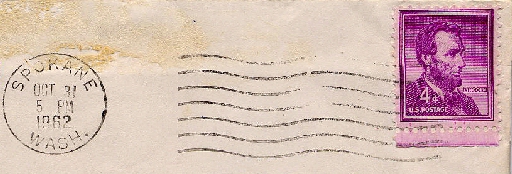Copyright © 2011, Steven E. Houchin. All rights reserved.
One of the things I often see when editing or critiquing a manuscript is that the author launches into a new scene or chapter without setting the scene. Instead, we’re subjected to paragraphs of dialog or narration about what the characters are doing. It’s like the characters are floating in a black void, detached from time and place. The reader will manufacture his own mental image of the scene, immerse himself in it, and then is later jarred out of the story when the author finally gives a hint of where or when the action is taking place.
![]()
What does it mean to set the scene? At the minimum, the reader should learn exactly where the characters are, and when the action takes place at the point the scene has changed. If a chapter ends with Suzie hanging on the 33rd floor ledge by her fingernails, and the next chapter starts with Suzie still hanging on, then little scene-setting is necessary. Mentioning Suzie and the crumbling ledge is sufficient. But, if the next chapter has Rex sipping a latte and scanning the newspaper’s obituary columns, the reader will be confused if Rex starts chatting with someone or the narrator discusses Rex’s angst over his business dealings. How much time has passed since Suzie’s unfortunate predicament? Is Rex walking along the sidewalk 33 floors directly below Suzie? Or is he about to turn the corner and stumble across her splattered corpse? Is he walking at all? Or is it days later and he’s reading her obit sitting in a cafe? The time and place set the reader’s anticipation of what may happen next.
![]()
Beyond the minimum scene-setting (“Rex walked along the sidewalk sipping his latte”), the author can provide richer detail of the scene. As Rex walks along the sidewalk, what does he pass by? Small storefronts nestled together in an ancient brick building, with smells of roasting chicken, garbage, cigars, bus exhaust? Do cars roar by? Does the wind kick up scraps of paper? Rain falls like a fine mist? Is he cold because he left his overcoat at the office? Are scary-looking homeless guys loitering about? As far as setting the timeframe, the narrator can give a hint that it is night (“the glare of a passing Taxi’s headlights”), and the reader knows Suzie’s trouble was at noon. Surely, Suzie is no longer hanging on. Or, Rex hears a streetside clock strike noon.
In my opinion, the scene-setting should begin within the first paragraph of the new scene. More can be added as the scene goes on, but the longer the author waits to set it up, the more the reader constructs his own time and place - maybe incorrectly. That can lead to confusion or frustration later, and diminished reader enjoyment of your story.
 I wrote a story about it that speculated on its journey. When I read it to my Thursday critique group, the response was so positive that I polished it up and submitted it to a local senior newspaper: Northwest Prime Time. Within hours I received a "Yes" - they'd like to print it, assuming the month's layout will allow it. If it makes the issue, it'll be my second non-fiction item published.
I wrote a story about it that speculated on its journey. When I read it to my Thursday critique group, the response was so positive that I polished it up and submitted it to a local senior newspaper: Northwest Prime Time. Within hours I received a "Yes" - they'd like to print it, assuming the month's layout will allow it. If it makes the issue, it'll be my second non-fiction item published.